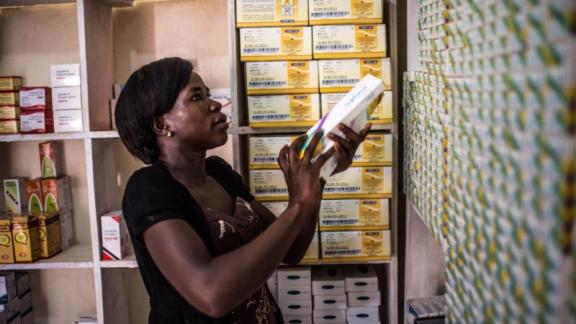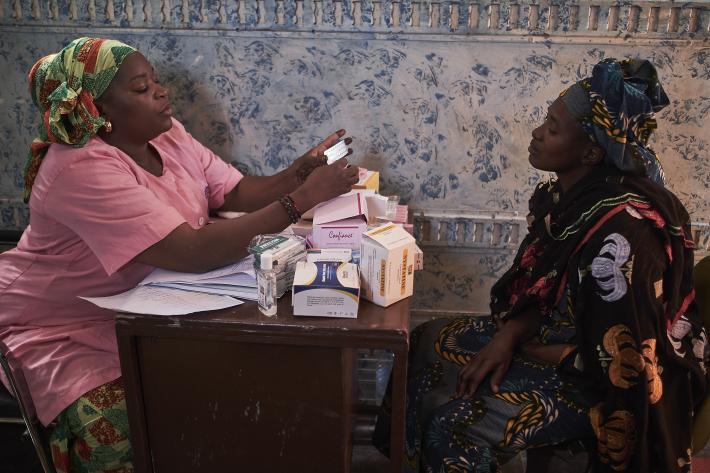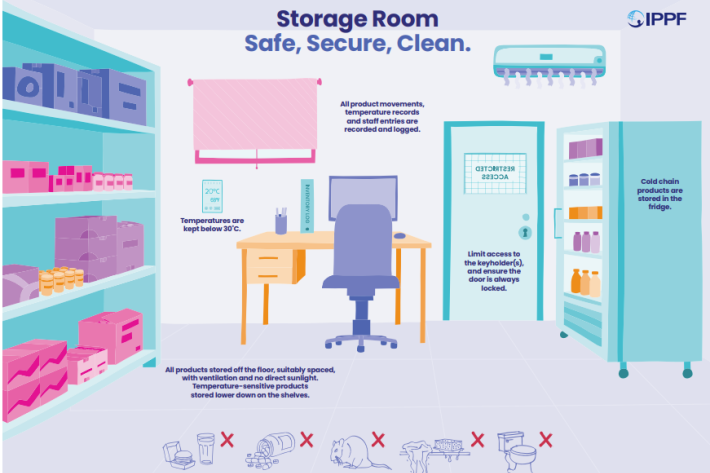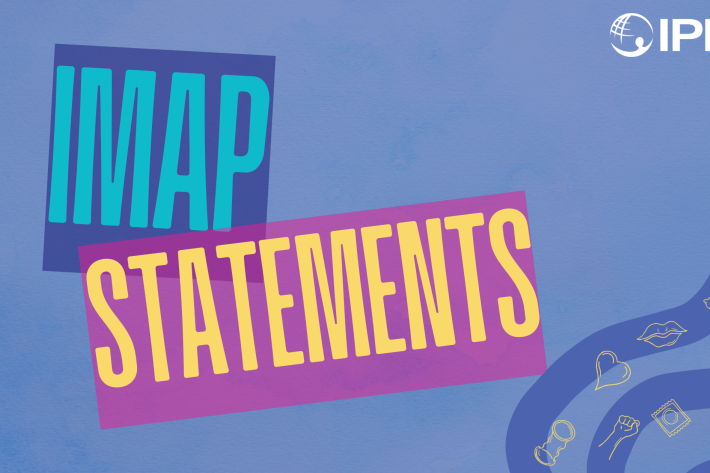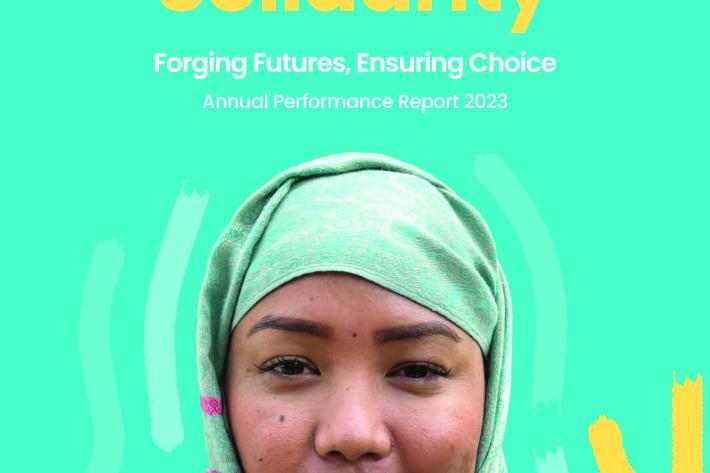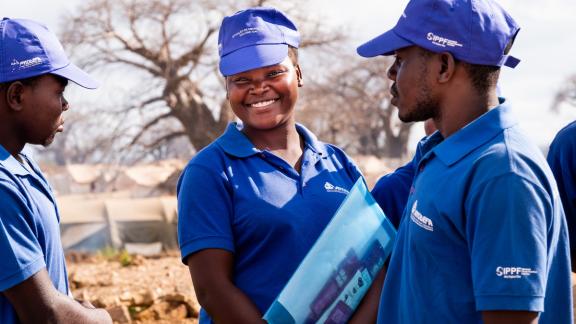Spotlight
A selection of resources from across the Federation
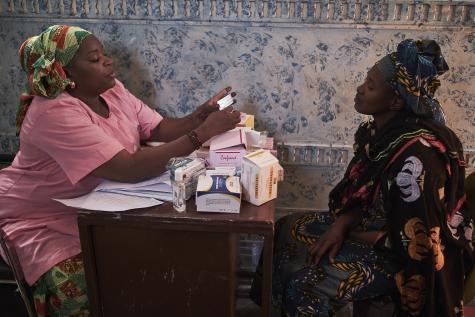
IMAP Statement on advances in emergency contraception
The purpose of this statement is to review newly published data on increasing the effectiveness of levonorgestrel emergency contraceptive pills by using pre‑coital administration or combined with a non‑steroidal anti‑inflammatory drug; the potential use of LNG‑ECP as a regular contraceptive method for infrequent sex; ulipristal acetate which is an established EC method and is now being studied combined with misoprostol for termination of early pregnancy; and the underutilization of low dose mifepristone as an EC method.
Filter our resources by:
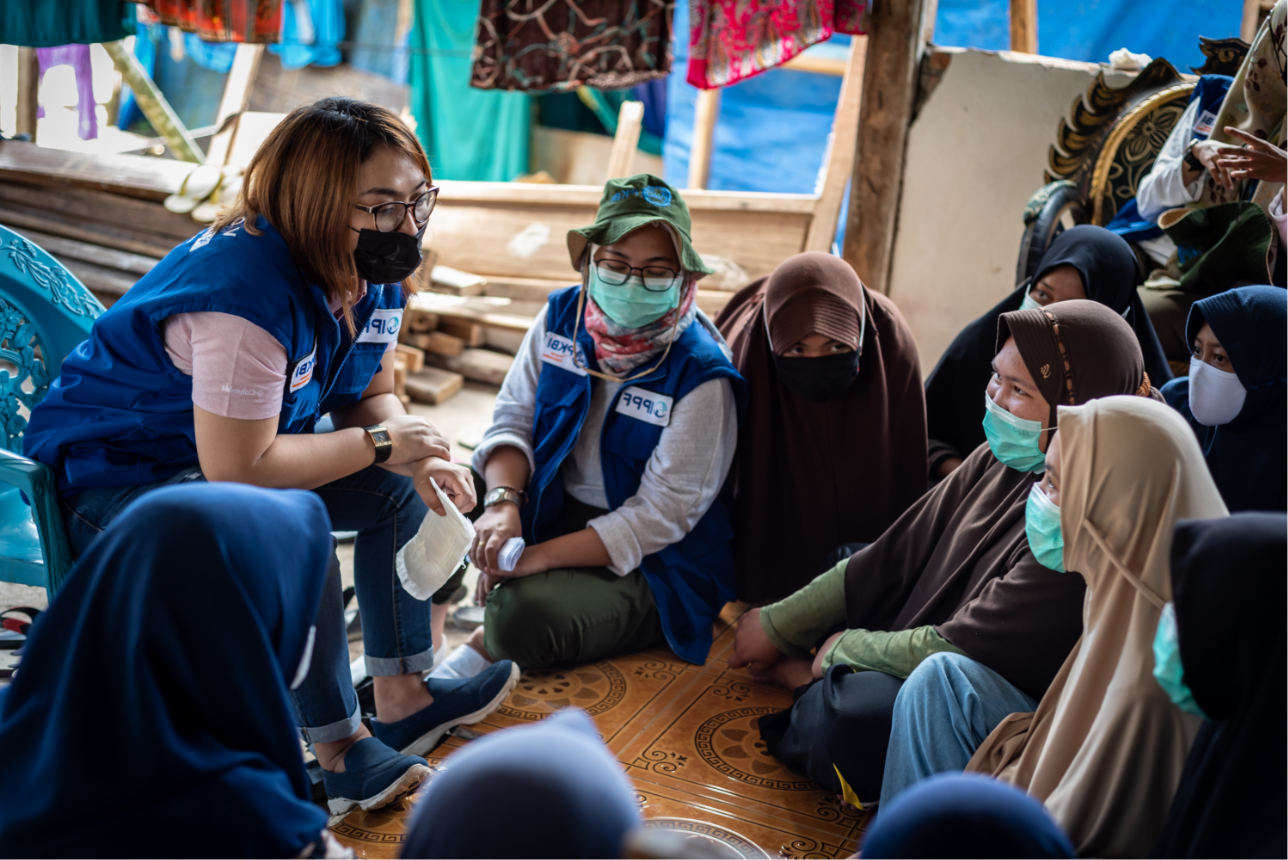

| 23 September 2022
IMAP Statement on DHI for SRHR
IPPF understands that DHIs can bridge gaps between formal and community-based models of SRH service delivery and offer unique benefits such as accessibility, privacy, anonymity, linkages to the health system and opportunities for continuous programme monitoring and evaluation. The COVID-19 pandemic accelerated the use of DHIs in SRH care globally, and these are becoming part of the spectrum of SRH service delivery options, complementary to in-person and self-care options. This statement addresses the key attributes for providing safe, quality, accessible person-centered care, and ultimately fulfilling clients’, including women's and girls' right to SRH care when, where, and how they choose to. Download in English, French, Spanish and Arabic below.







